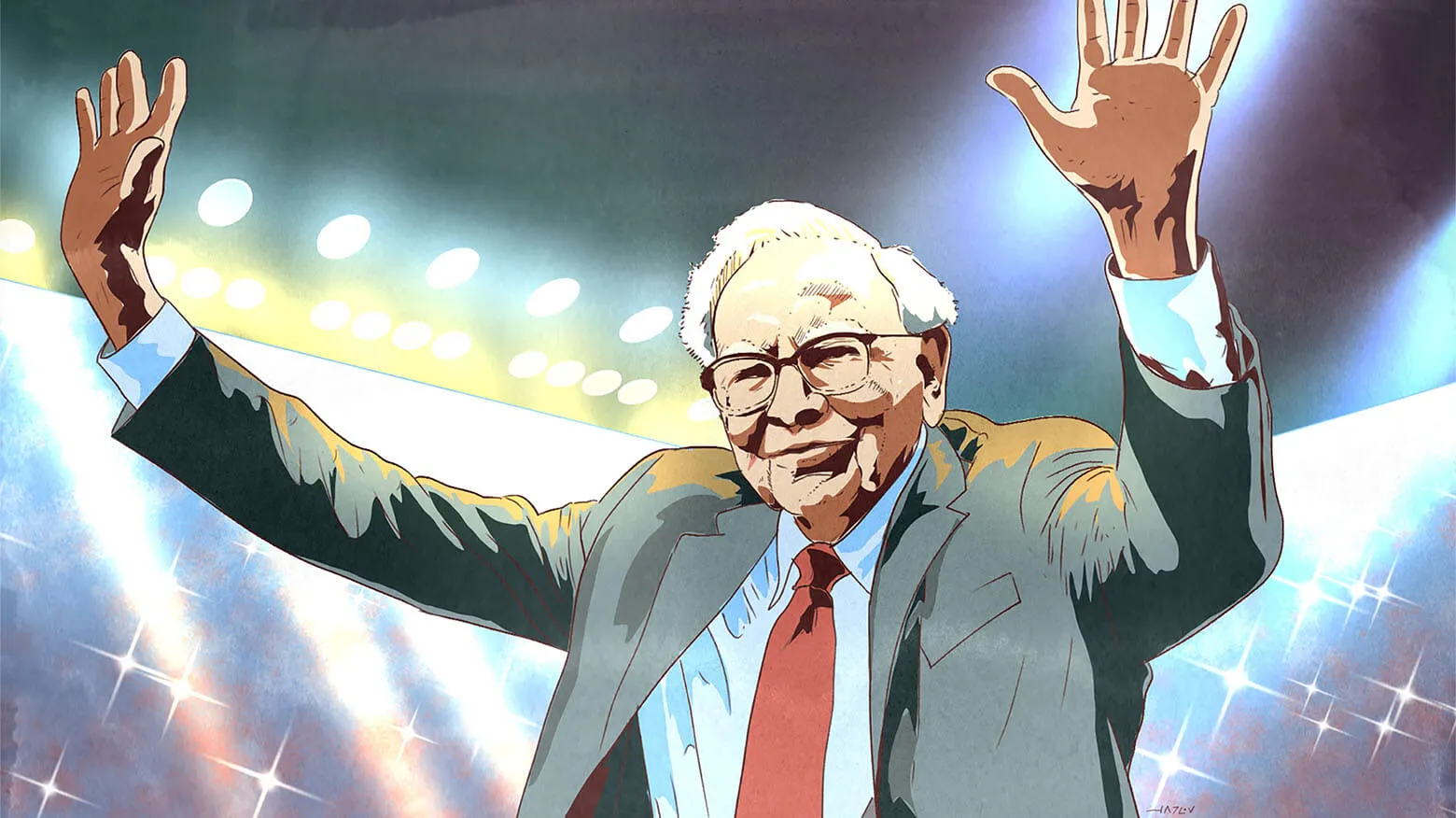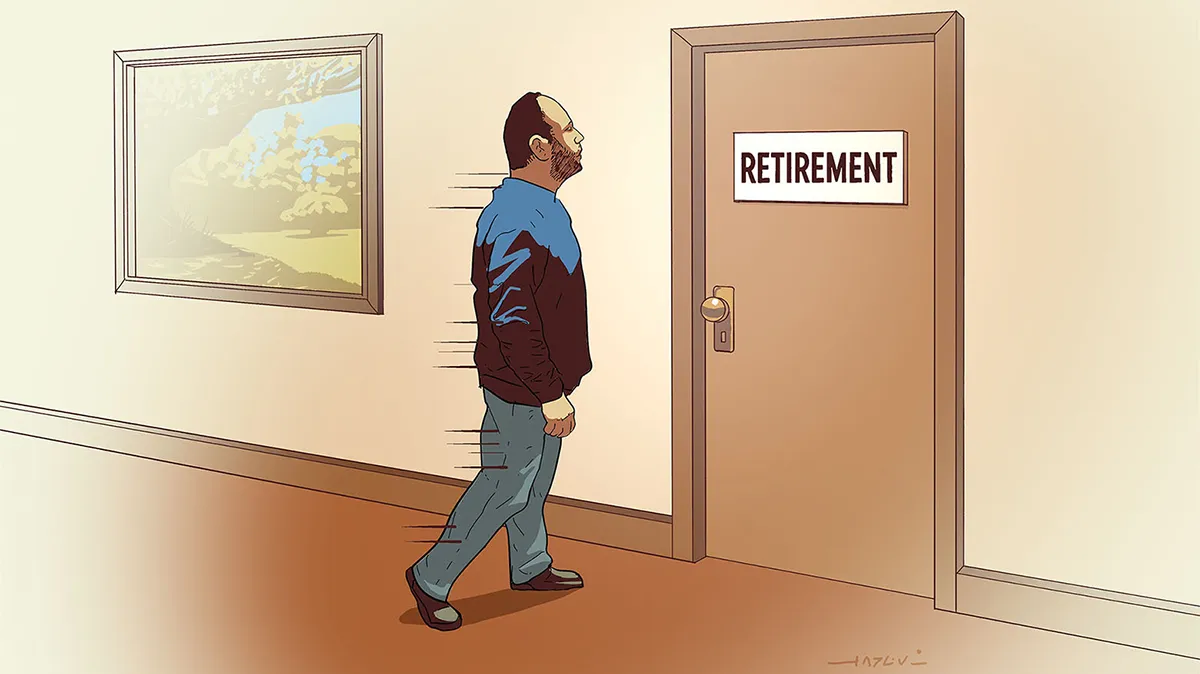“Don’t gamble. Take all your savings and buy some good stock and hold it till it goes up, then sell it. If it doesn’t go up, don’t buy it.” – Will Rogers
What if you failed to follow that sage advice from Will Rogers? You bought a stock and it did the unthinkable–it declines. Real world investors face this situation all the time. For some reason my BAB (buy at the bottom) limit orders never get filled. So you buy a stock and it declines. What do you do? Let me tell you what I do: I reanalyze.
When I first buy a stock, I make assumptions about the company’s value creators (expected growth rate, margins, returns on capital, competitive position). The synthesis of these value creators assists me to arrive at a fair-value estimate. Then I figure an appropriate margin of safety (a discount to fair value determined by a company’s quality and expected fundamental return) that I require for this stock and, voila, I’ve got myself a buy price.
Then new information comes out. I re-examine my original value creators to see if the estimate of the fair value has changed. I compare a stock price to my “new” fair-value estimate and make a decision: buy more, do nothing or sell.
Here is a real life example. Several weeks ago I made a case for why I liked Nokia (nyse: NOK – news – people ) in an interview with Kate Welling for Welling@Weeden. I said something along the lines of, “I have to pinch myself because I can buy Nokia so cheap.” (At the time it was trading at $25.)
It dominates the cellphone industry and competes with conglomerates like LG and Samsung that also make cellphones in addition to refrigerators, flat screen TVs and loads of other stuff. Motorola (nyse: MOT – news – people ), a onetime wonder, is trying to get out of the cellphone business.
I also spoke highly of Nokia’s size, which I said provides it an incredible competitive advantage as the lowest cost producer and still affords it the opportunity to spend significantly more on research and development than its competitors. In 2007, it generated about $10 billion of free cash flow, and we were paying less than eight times free cash flow (if you strip out cash) for the business that has a return on capital in the mid 30% range.
The stock is down now to $20 because Nokia had a weak product lineup this summer, but it should introduce the “hot” phones later this year or early next year. I can wait, plus I’ll be collecting a 4% dividend in the process. Of course, there is competition from Apple’s (nasdaq: AAPL – news – people ) iPhone, but Nokia will not let Apple and Research in Motion (nasdaq: RIMM – news – people ) cement a duopoly on the smart phone market. It will come out with a competitive product in the future; it’s just a question of when.
Also, the U.S. market is a free call option for Nokia; only a few percentage points of their total sales come from the U.S. I’ve stopped predicting when they will turn the U.S. around, but they will at some point. Nokia announced Friday that though it expects volumes for the industry to grow 10%, it will not maintain its market share, which is at an all-time high.
Nokia’s forecast for lower mobile device market share in the third quarter of 2008 is due to multiple factors. These include Nokia’s tactical decision not to meet certain aggressive pricing of some competitors, as well as overall market competition, including the entry markets, and the temporary impact of a slower ramp-up of a mid-range Nokia device.
Nokia’s strategy is to take market share only when the company believes it to be profitable in the longer term. Nokia has not broadly participated in the recent aggressive pricing activity, as it believes that the negative impact to profitability would outweigh any short-term incremental benefits to device unit sales.
Nokia expects product launches and shipments to be on track for the remainder of 2008 with new products and services keeping the product portfolio very attractive for the rest of the year. The company has no reason to lower prices as it will have the products that consumers crave later in the year. Everybody knows that the company has some holes in its portfolio that it will patch up later in the year.
My fair-value estimate for Nokia of about $40 has not changed. The stock is just 20% more attractive today than it was two weeks ago.
If I had fresh money in a brand-new account, I would buy Nokia hand over fist. If it were to drop further, I would overweight it in my clients’ portfolios, which already have a full position in the stock.









0 comments